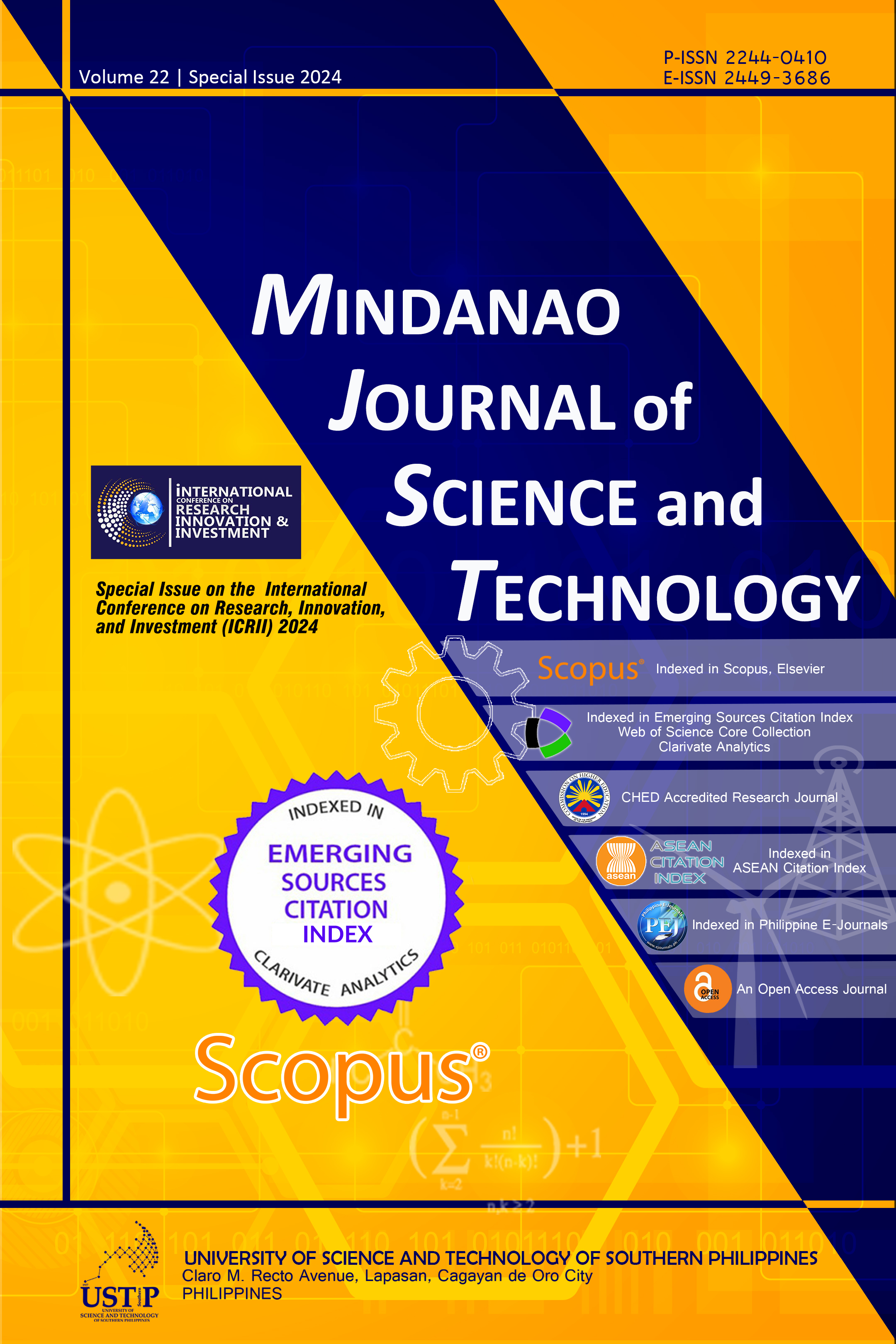Baseline Information of the Manobo Tribe’s Amphibious Community Infrastructures Constructed Using the Indigenous Knowledge and Practices in Agusan Marsh, Philippines
DOI:
https://doi.org/10.61310/mjst.v22iS1.2213Keywords:
Agusan Marsh, amphibious houses, indigenous knowledge, Indigenous Manobo people, rapid visual surveyAbstract
The Agusan Marsh in the Philippines has long been home to the indigenous Manobo people, who have developed unique amphibious houses designed to adapt to the region's fluctuating water levels. Despite their cultural importance, scientific studies on these structures still need to be expanded. This paper aims to provide baseline information on the construction of these amphibious houses, emphasizing the materials, structural components, and construction practices that enable them to thrive in the marsh's challenging environment. A rapid visual survey (RVS) and key informant interviews were conducted on 35 houses, most of which were built after 2012, with some dating back to the late 1990s. The RVS identified key materials such as bundled bamboo floaters, Mambog timber for framing, and nipa leaves or galvanized iron sheets for roofing. Essential structural components were also documented, including the Batangan (girders), Sakbat (floor beams), and Gal-gal (floor joists), which are critical for the stability of these houses. The study further highlighted the strategic placement of houses near trees to enhance stability and reduce environmental risks. The findings emphasize the value of indigenous knowledge in addressing environmental challenges, mainly through material selection and design flexibility, and offer insights into constructing resilient infrastructure.










